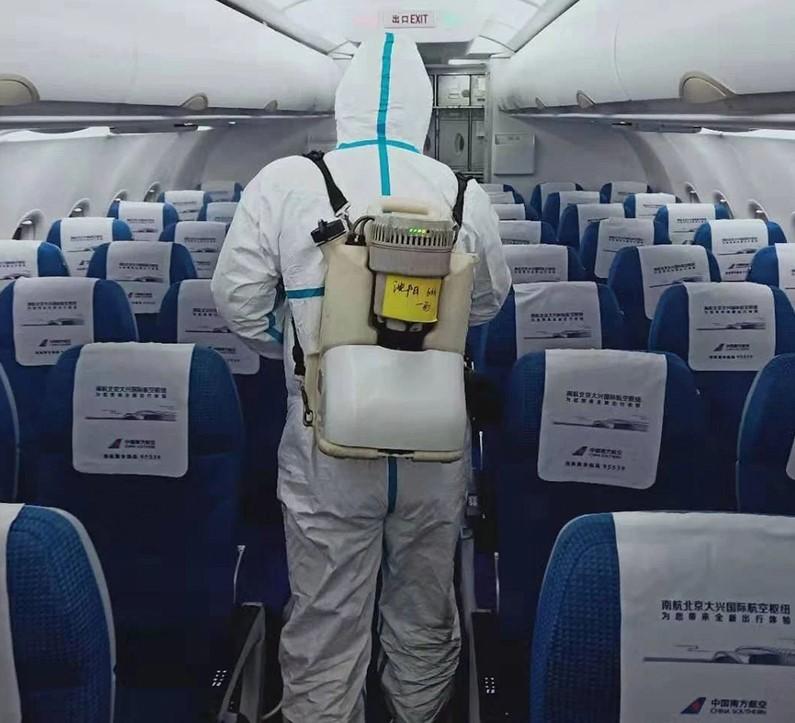
NEW YORK—The airline industry is generally in good shape to withstand the financial impact of the COVID-19 coronavirus, but it is yet to be seen if this outbreak will follow the same pattern as previous similar outbreaks.
IATA chief economist Brian Pearce provided a detailed outlook for COVID-19’s potential impact on the global airline industry in a presentation Feb. 21 during the IATA Legal Symposium 2020 in New York.
The previous day, IATA director general and CEO Alexandre de Juniac said the association estimates airlines will likely see demand for flights down by 4.7% this year and will take a $29.3 billion revenue hit. Asia-Pacific and China airlines will take the majority of that financial hit, with an estimated $27.8 billion impact.
Providing more details, Pearce said January passenger numbers for China, where COVID-19 started and where the vast majority of cases are still seen, indicate there was a sharper decline than with the severe acute respiratory syndrome (SARS) crisis in the first month after the outbreak. By Jan. 31, there was a 40% slump in China traffic, while initial February data indicate a further decline of domestic and international traffic to around 60%.
Pearce pointed out that 42% of Asia-Pacific airline passenger revenue comes from China markets, so they are very exposed to the coronavirus shock.
“If COVID-19 impact has a SARS-shaped profile, this implies a 13% loss of RPKs in 2020 for Asia-Pacific airlines,” Pearce said. “The bad news is there is a very severe financial impact, but the good news is that in the past we have seen a recovery to pre-crisis levels six to seven months after the outbreak peak. We can’t guarantee that will be the case with coronavirus, and at the moment we really don’t know, but all past disease outbreaks have had that pattern.”
The steeper impact of COVID-19 is partly explained by the fact that the China market is three times larger than it was in 2003, when SARS emerged, so the effects of any downturn are greater. If COVID-19 infections remain mostly in China, the financial impact on airlines outside the Asia-Pacific region will be far less, Pearce said. North American airlines, for example, will likely see RPKs down by only about 1%.
But North American airlines are also the world’s most profitable and have the strongest cash balances, so they are also in the best financial position to weather an external economic shock like COVID-19.
Additionally, all airlines should see some relief by the lower oil prices associated with the coronavirus outbreak. If there was no hedging, that would translate into an offset of about $13 billion, Pearce said.
Overall, Pearce said, airlines were “not in bad shape financially” in 2019 despite the effects of global trade wars and tariff disputes.
“There was some stabilization in profitability last year and airlines matched supply with shrinking demand very effectively in a way they had not done before,” he said. “That puts us in a pretty good place as we move into much harder conditions.”





